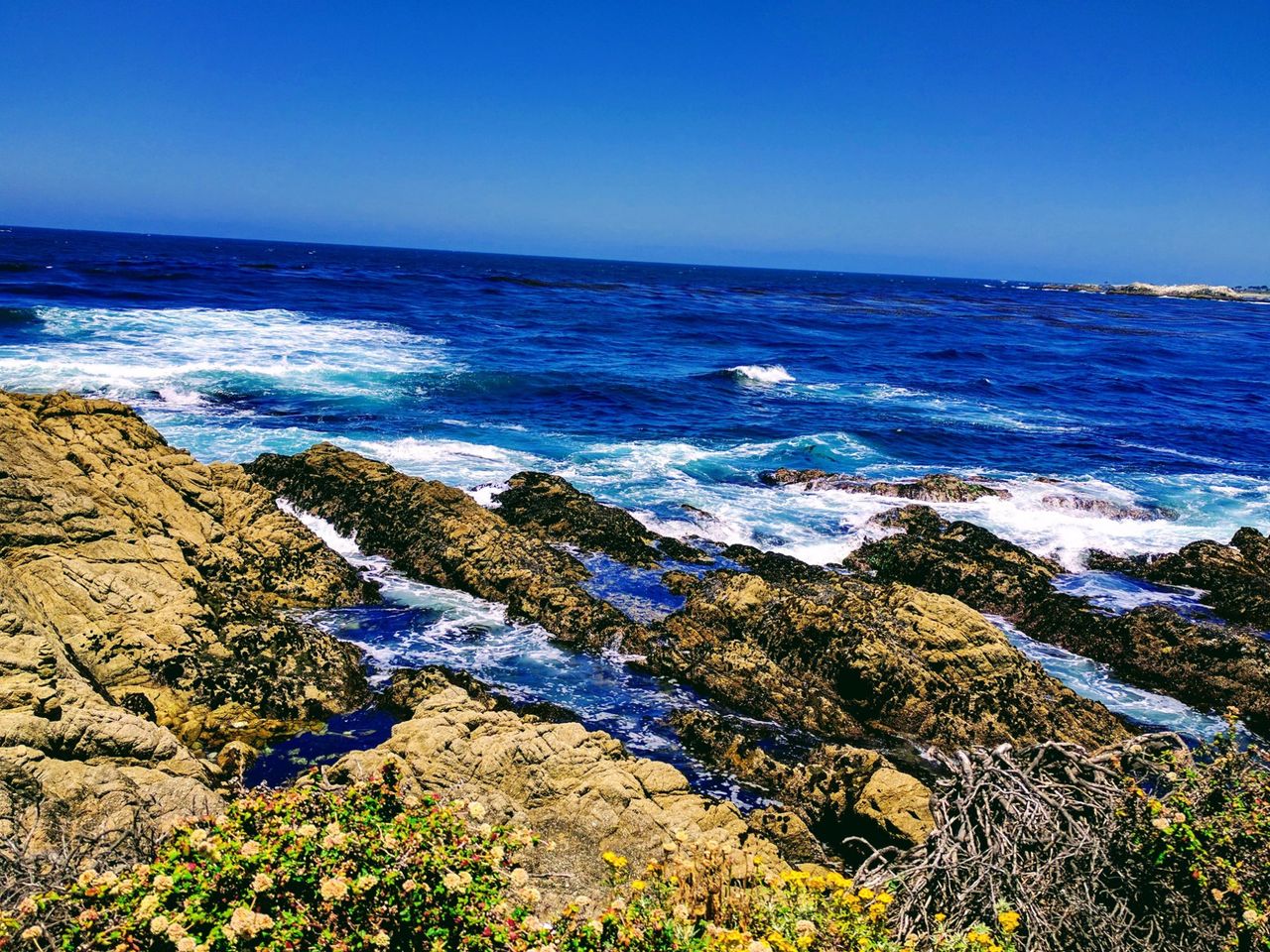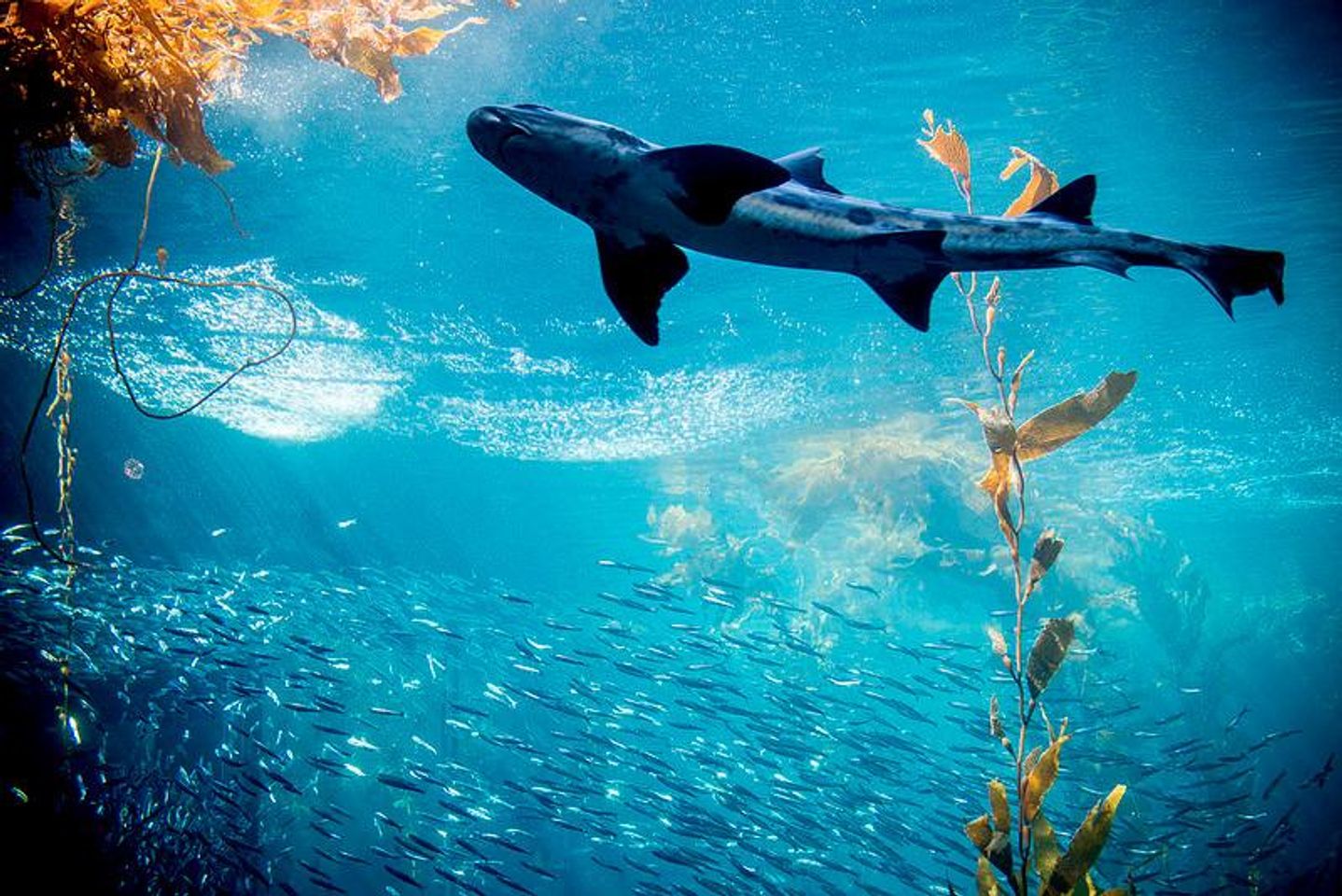Exploring Marine Wonders: Discovering Monterey Bays National Sanctuary

Monterey Bay National Marine Sanctuary is a striking example of nature’s beauty and a testament to the wonders of this planet. Located in Monterey, California, it is not only one of the largest marine sanctuaries but one of the most notable areas of environmental importance. Breathtakingly beautiful and uniquely diverse, it’s no surprise that it’s a favorite amongst conservationists, scientists, and tourists alike.
As we delve further into the sanctuary’s history, we find that Monterey Bay’s claim to fame extends beyond its natural attractions. The area has a rich history of marine conservation efforts, initiated as early as the 1960s, which have helped preserve its unique flora and fauna. Adding to its significance is the fact that it was designated a National Marine Sanctuary on September 18, 1992, by the U.S. Congress under the National Marine Sanctuaries Act – a move that helped to ensure its protection for generations to come.
With its unique location and diverse marine life, Monterey Bay National Marine Sanctuary provides an unparalleled opportunity for environmental conservation and research. In this article, we will explore the various aspects of this epic sanctuary and its recent accolades, as well as how it serves as an example of humans’ capability to protect our planet for future resiliency. Click here to access the complete city guide for Monterey.
Marine biodiversity and habitat conservation
As we visit Monterey Bay National Marine Sanctuary, we cannot ignore the marvels that lie beneath the surface. The sanctuary boasts over 33 species of marine mammals, 94 species of seabirds, and over 450 species of fishes, making it a diverse habitat worthy of our utmost conservation efforts. The sanctuary offers us a chance to witness the beauty of marine life while learning about the role we play in its preservation.
Protecting the marine ecosystem not only ensures continued future visits for tourists but also preserves the delicate balance of the environment. Every action we take, from reducing our carbon footprint to disposing of our waste appropriately, contributes to the overall longevity of the marine habitat. As responsible visitors, we must understand the impact we have on the environment and take active measures to mitigate any negative effects.
In conclusion, visiting Monterey Bay National Marine Sanctuary presents an opportunity to witness the beauty of marine life and learn about the importance of conservation efforts. As visitors, we should aim to be responsible and mindful of our actions to preserve the delicate ecosystem. In doing so, we can guarantee that future generations will have the chance to witness and enjoy the wonders of the sanctuary.
Threats to the sanctuary, such as pollution and climate change
We cannot neglect the fact that Monterey Bay National Marine Sanctuary is facing several threats that endanger its rich marine life and unique ecosystem. Pollution and climate change are the major culprits that are harming this sanctuary. These issues are not unique to Monterey Bay but are affecting marine sanctuaries worldwide. We need to take urgent action to curb the negative impacts of these threats.
Pollution is one of the most significant threats to the sanctuary. Human activities such as industrialization, fishing, and ocean transportation are polluting the sanctuary’s waters, leading to the death of marine life and the destruction of critical habitats. We need to take measures to reduce our carbon footprint and minimize the amount of waste we release into the oceans. The sanctuary is a precious resource that we cannot afford to lose.
Climate change is another crucial issue that is threatening the sanctuary. The rise in ocean temperatures and sea levels is causing severe damage to the marine life and the ecosystems that depend on them. We need to take the necessary steps to prevent climate change, such as reducing our carbon emissions and investing in renewable energy sources. We should also conserve and protect the habitats that are most vulnerable to this threat. The future of the sanctuary depends on our actions today.
Recreation and tourism opportunities in the sanctuary
As visitors to Monterey Bay National Marine Sanctuary, we are privileged to have access to a vast array of recreational and tourism opportunities. From kayaking and snorkeling to hiking and whale watching, there is no shortage of activities to enjoy in this beautiful sanctuary. But let’s not forget the importance of preserving the natural beauty of this area. We must all take responsibility for protecting this fragile ecosystem and ensuring it remains a sanctuary for generations to come.
One of the best ways to fully appreciate the sanctuary is through ecotourism. By taking guided tours with knowledgeable guides, we can learn about the protected species here, such as sea otters and humpback whales, and the threats they face from pollution and climate change. By understanding the important role we play in protecting these animals, we can make informed decisions about our impact on the environment.
Finally, let’s not forget the value of simply taking in the beauty of Monterey Bay National Marine Sanctuary. Whether we’re admiring the stunning vistas from the beach or taking a quiet moment to appreciate the serenity of the water, there is something truly special about the sanctity of this space. It’s hard to overstate the importance of simply being present in nature and taking the time to appreciate the beauty that surrounds us. So let’s take a moment to soak it all in, and remember what a privilege it is to experience this magnificent sanctuary.
Conclusion
In conclusion, we believe that the Monterey Bay National Marine Sanctuary in Monterey California is a treasure worth protecting. Its diverse marine life, including various species of whales, dolphins, sea lions, and otters, is a testament to the beauty of nature. The sanctuary’s unique geological features, such as the underwater canyons and seamounts, further contribute to its ecological significance. It is imperative that we take care of this sanctuary and ensure its preservation for generations to come.
However, we also understand that the sanctuary is facing several threats, including climate change, ocean acidification, and pollution. It is our responsibility, as individuals and a society, to do everything we can to mitigate these issues and protect the sanctuary’s delicate balance. This may involve reducing our carbon footprint, advocating for environmentally responsible policies, and supporting scientific research that can help identify potential threats and solutions.
Ultimately, the Monterey Bay National Marine Sanctuary serves as a reminder of the incredible wonders that exist in our world and the importance of preserving them. We are fortunate to have access to such a unique and beautiful place, and we must act to ensure that it remains a vital part of our natural heritage.





